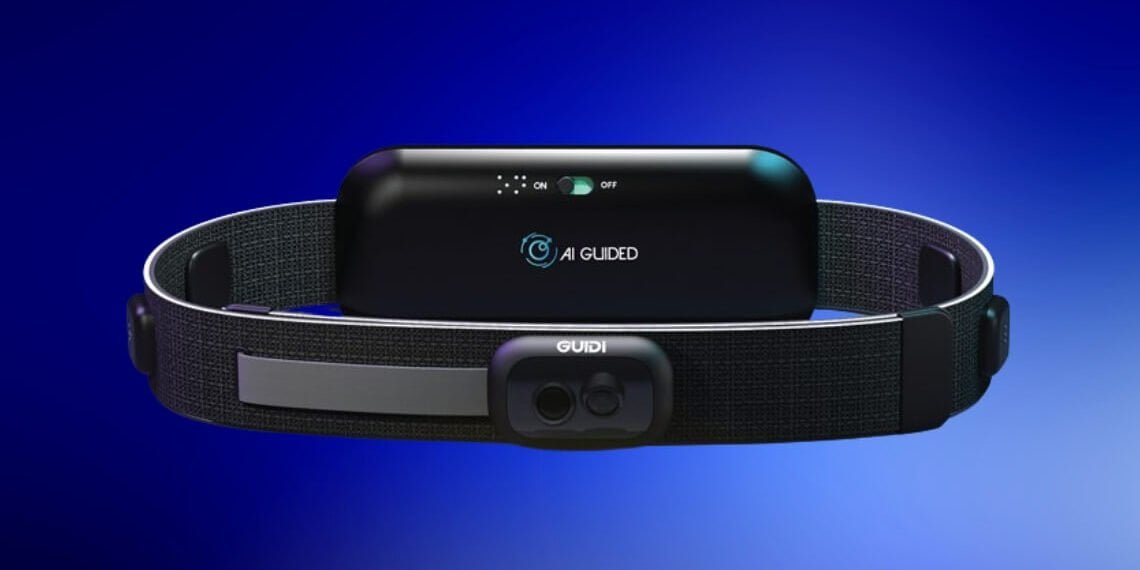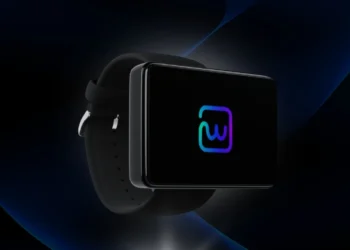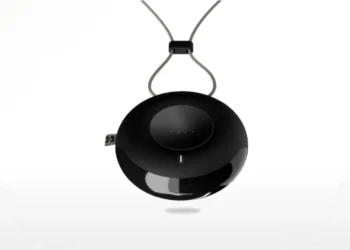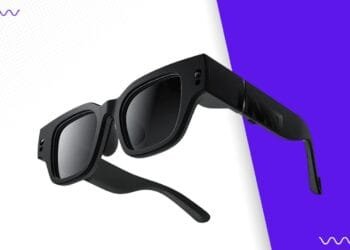AI technology is helping visually impaired people live more independently. The idea is to make everyday tasks easier and more efficient without letting visual impairment hold them back. By using AI, we can improve accessibility and help people lead fuller, more enjoyable lives. One such life-changing device is the GUIDi smart belt.
GUIDi is a trusted, hands-free guide that helps people with impaired vision move around safely. Using innovative AI technology, it scans the surroundings and directs a person along a clear path with directional vibrations. GUIDi is a device worn around the waist. It has a front-facing dual-camera module, a microprocessor/electronics module at the back, and two haptic feedback units on each side, to make sure the user is covered from all angles.
Want to learn more about how this remarkable piece of tech is changing lives?
Mission & Vision of AI Guided
AI Guided, a pioneering company from Hong Kong’s tech hub, developed the GUIDi smart belt to revolutionize mobility for the visually impaired. Recognized for its impact, GUIDi received the CES Tech Innovation Award for accessibility and aging technology.
AI Guided focuses on AI, haptic-reflex actuation, and environmental visualization, mainly for smart cities, social connectivity, and welfare applications. Their team has diverse talents, including PhDs in mechanical and biomedical engineering, sensor and robotic development experts, and computational analysts for biomedical purposes. The idea is to improve and facilitate the lives of individuals using high-tech and AI.
Why is GUIDi The Ultimate GameChanger for People with Impaired Vision?
Traditional mobility aids, such as white canes, detect obstacles within a limited range of approximately 0.73 meters. In contrast, GUIDi extends detection capabilities up to 5 meters and identifies more than 50 objects in the surrounding environment.
GUIDi scans the surroundings of the user and provides instant AI haptic feedback through soft vibrations, alerting them to any obstacles around, in front, or on the sides. Unlike traditional audio guidance, GUIDi relies on vibrations so users can move confidently without auditory distractions. The device functions independently of GPS or Wi-Fi for uninterrupted assistance in any environment.
Technology and How it Works?
At the core of GUIDi’s functionality is an advanced combination of hardware and AI-powered software. The belt has front-facing dual 8-megapixel movable cameras with a 160° diagonal field of view that continuously scans the environment. The captured real-time video feed is processed by an onboard microprocessor, which uses AI-based software to analyze and identify obstacles, including trees, signposts, and bins.
LiDAR/RADAR sensors further improve detection by scanning the surroundings from head to toe. The belt then activates haptic feedback units, discreetly vibrating to notify users about obstacles in their path.
Design & Battery Life of GUIDi Smart Belt
GUIDi is very light and comfortable to wear, as it weighs only 560g with the battery. This belt is crafted from nylon, a durable and synthetic material known for its strength and resilience. All buttons have braille to enable users to operate efficiently. GUIDi belt has two parts, the front, and the back, with two cameras on each side that are moveable so it covers the user by 360 degrees.
GUIDi’s battery is designed for reliable daily use, with quick charging and an auto sleep mode, so it lasts between 8 to 10 hours per charge.
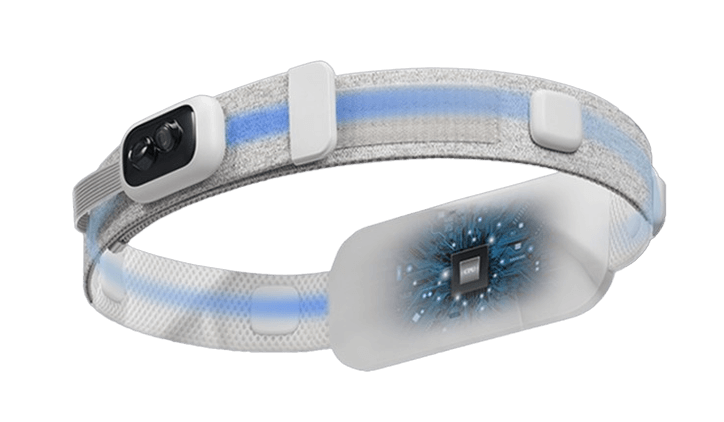
The NAVi App
Users can pair their GUIDi belt with the NAVi app to navigate to their destination using a digital map.
Price and Availability
The GUIDi belt is available in two colors: light grey and black. It costs HK$10,167.50 (around 1308 USD) and is available for purchase on their Official Website.
*** Please note that prices may vary due to promotions, discounts, or other factors, so it is recommended that you check the official AI GUIDED website for the most current and accurate pricing information.
Final Thoughts
The GUIDi smart belt is truly a revolutionary device because it offers people with impaired vision a new level of freedom and independence—an essential factor for every individual. Its AI-powered haptic feedback reliably scans the environment in real time. It provides instant alerts, guiding users safely through any surroundings and helping them avoid obstacles with gentle vibrations. In a world where accessibility is still a huge challenge, innovations like this show how technology can open doors for everyone.
